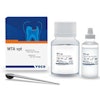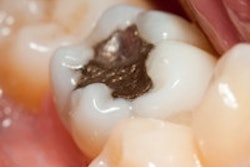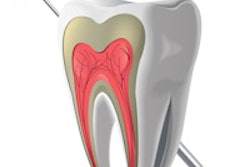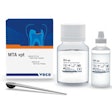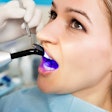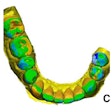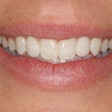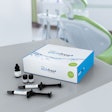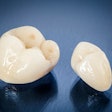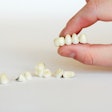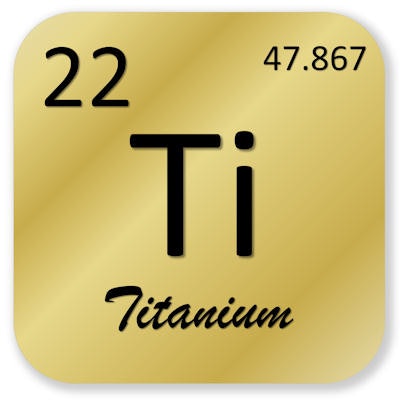
What if you could use what might be the hardest known metallic substance that's compatible with living tissue for your patient's implants? It might sound like science fiction, but an accidental discovery by researchers working on magnets might show the way forward for implants.
Seemingly it gets better, as this new material had a coefficient of friction that is four times less than that of titanium (Ti), which means a significant reduction in wear volume. And, this material may well end up costing and weighing less than materials already in use.
A new, perhaps better, biocompatible material for implants and prosthetics could someday become reality, according to a study by researchers in Texas and Florida and published in Science Advances (July 20, 2016, Vol. 2:7, p. e1600319).
"The mechanical properties of the intermetallic compound beta-titanium-3-gold (beta-Ti-3-Au) suggest that this material is well-suited for medical applications where Ti is already used, with some examples including replacement parts and components (both permanent and temporary), dental prosthetics, and implants," the study authors wrote.
From magnets to implants
Along with dental uses, such as for implants, inlays, and crowns, commercially pure titanium is also used in aerospace and medical industries for artificial knee and hip joints, pacemakers, cardiac valve prostheses, and more.
However, pure titanium isn't strong enough on its own at times. When that happens, it is alloyed with another material, such as copper or gold, which maintains biocompatibility and increases hardness, the authors reported.
“While the discovery has potential, to understand the exact extent of how and where this compound may be used requires further testing.”
In one of those fortunate, unexpected developments that sometimes occurs, researchers working on making "unconventional" magnets from gold (Au) and titanium were melting different compositions of Ti-Au alloys and wanted to grind the materials to test their powder x-ray diffraction. However, the researchers found that beta-Ti-3-Au materials were too hard to be ground with a diamond-crusted mortar and pestle.
The researchers ran hardness tests on different Ti-Au alloys and found hardness values in a composition range that was about three to four times higher than the hardness value of pure Ti. The maximum hardness is reached with the cubic compound Ti-3-Au in its beta form. This mixture also includes a small amount of carbon, nitrogen, or oxygen, the study authors wrote.
"This maximum hardness value exceeds that of most biocompatible materials [and even the maximum hardness value of some structural materials, such as pearlitic steels] and is similar to that of both drawn pearlite and high-carbon martensitic steels," they noted.
This alloy also has a low coefficient of friction and a relatively low melting temperature, the authors added, noting that this allows for components to be prepared via casting, not machining, eliminating the costs associated with machining.
More testing needed
This discovery of the hardness of the alloy was a fortunate accident, stated corresponding author Emilia Morosan, PhD, in an email interview with DrBicuspid.com. Morosan is a professor of physics and astronomy, chemistry, and materials science and nanomaterials engineering at Rice University in Houston.
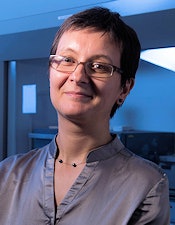 Emilia Morosan, PhD. Image courtesy of Rice University. Credit: Jeff Fitlow.
Emilia Morosan, PhD. Image courtesy of Rice University. Credit: Jeff Fitlow."Since our main research is focused on making materials with magnetic properties, the current discovery of hardness in beta-Ti-3-Au was an accidental discovery," Morosan explained. "Once we realized that the compound is unusually hard, we thought of the existing applications where hard metals are currently employed."
Initial discussions with dentists have led to agreement that there is potential, but that more testing is needed, she noted.
"The dentists I have discussed this with and I agree on one thing: While the discovery has potential, to understand the exact extent of how and where this compound may be used requires further testing," Morosan stated.
Among the further testing needed is a "quantitative assessment of the bonding strength or the diffusivity of the two materials," the authors noted in their report.
"There are many other mechanical properties (like tensile strength, etc.) that one would have to test, and these experiments go well beyond my group's current expertise," Morosan stated. "We plan future collaborations with expert material scientists to explore further this and other related compounds."
